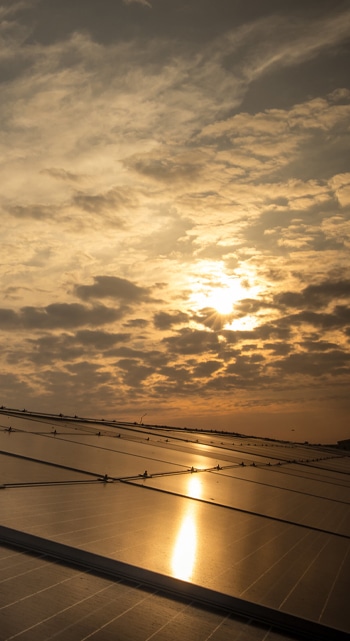Enquiry Form
Please fill out the form and we will get back to you shortly.

A perfect end-to-end solution partner having immense experience in the solar industry. Our clients include Fortune 500 companies, mid-sized businesses and other individuals.
Get clarity on your return on investment & environmental impact. Rooftop solar is the clear winner for sustainability and financing your own solar is as easy as buying a car.
Confused on how solar can be beneficial for your business? We provide tailored solutions for every need.

SunShell is committed to deliver Clean, Affordable, and Innovative Solar Power Solutions to reduce clients' Electricity Costs and Carbon Footprint. The Main USP of SunShell has Optimized Designs and Highest Safety Standards.
We have a multi-faceted team which consists of – Renewable Energy, Storage Technologies & Smart Grid specialist, Engineers & architects, Energy auditors, Green Building Specialist, Chartered Engineer, AI & ML professionals and many other industry veterans.
SunShell's objective is to deliver smart and simple renewable energy solutions that positively impact and brighten up lives all across the nation.
Still confused about solar?
Here are some frequently asked questions.